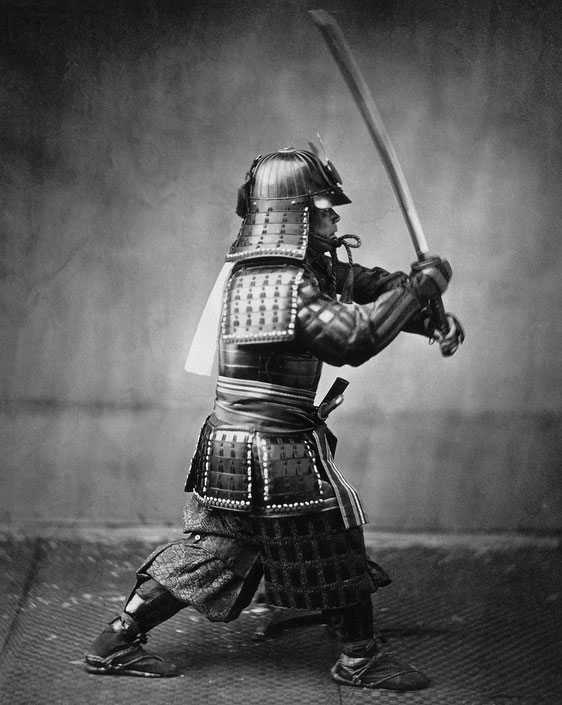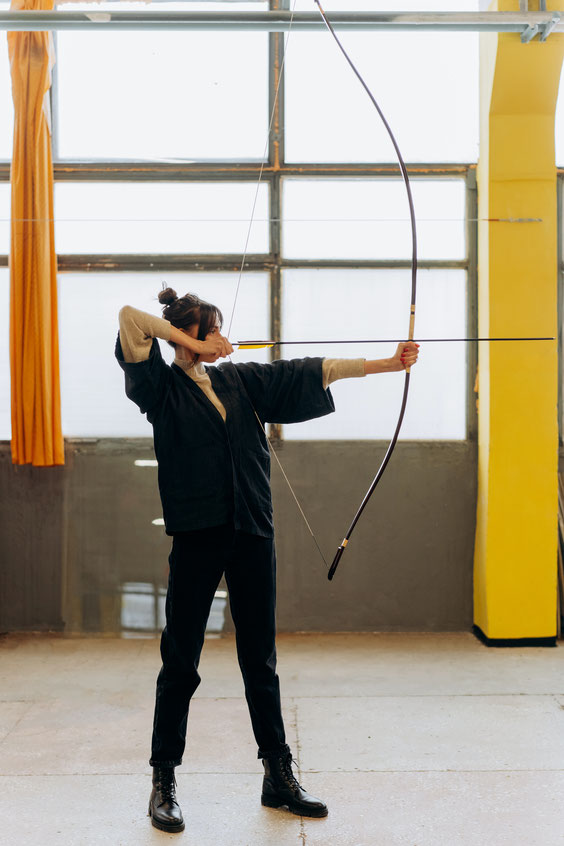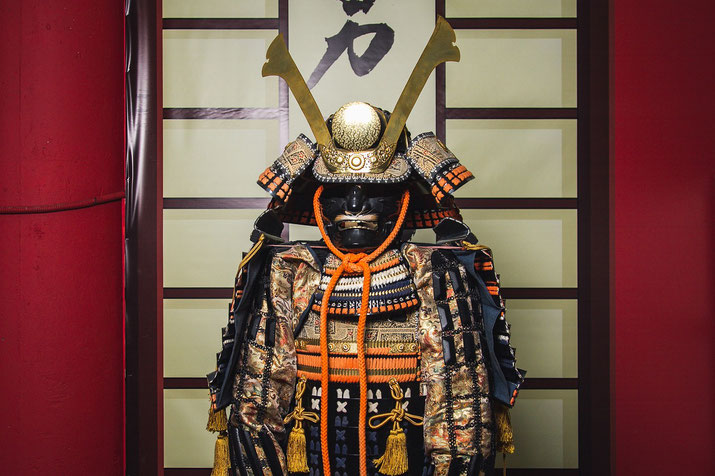Way of the warrior: The weapons and armour used by Japanese Samurai

For centuries, the samurai, Japan's warrior class, have been both feared and revered for their skill in battle, code of honor, and legendary weaponry.
The samurai's iconic equipment and weapons played a crucial role in their effectiveness on the battlefield and in maintaining their social status.
Here is a brief summary of the samurai's most significant weapons and equipment, including the katana, wakizashi, yumi, naginata, and their intricate armor.
Katana: The Soul of the Samurai
The katana, a curved, single-edged sword, was the primary weapon of the samurai class.
Its reputation as the ultimate symbol of the samurai began in the Kamakura Period (1185-1333) when swordsmiths began developing the katana's distinctive characteristics.
The katana's long, slightly curved blade provided an optimal balance of cutting power and speed.
It was designed for slashing and thrusting, making it particularly effective in close combat.
The katana was traditionally paired with a wakizashi, a shorter sword, to form the daisho, a symbol of a samurai's status and honor.

Wakizashi: The Companion Sword
The wakizashi, a shorter companion sword to the katana, was a vital part of the samurai's arsenal.
With a blade length of approximately 30-60 centimeters (12-24 inches), it was used for close-quarters combat, self-defense, and ceremonial purposes.
The wakizashi was also commonly used to commit seppuku, a ritual suicide practiced by samurai to preserve their honor in the face of defeat or disgrace.

Yumi: Bows of Precision and Range
The yumi, or the Japanese longbow, was a formidable weapon in the hands of the samurai.
Samurai archers trained extensively to master the art of kyūdō, the way of the bow. The yumi was typically made from bamboo, wood, and leather, and could be up to two meters (6.5 feet) long.
Its asymmetrical shape allowed for more efficient use on horseback, a significant advantage in battle.
Samurai used a variety of arrows with specialized tips to inflict maximum damage, pierce armor, or deliver messages across long distances.

Naginata: Versatility and Reach
The naginata, a pole weapon with a curved blade, was a versatile and deadly weapon in the samurai's arsenal.
Its long reach allowed samurai to engage opponents at a distance, while its curved blade was effective for both slashing and thrusting.
The naginata was particularly popular among female samurai, or onna-bugeisha, who trained in its use for self-defense and to protect their homes.
Samurai Armor
Samurai armor, known as yoroi, was a crucial element of the samurai's equipment, providing protection and symbolizing status.
The armor was made from a combination of materials, including leather, lacquered wood, and metal, and was designed to be both lightweight and flexible.
The most iconic feature of the samurai armor is the kabuto, a helmet adorned with decorative features such as crests, horns, and a neck guard.
Samurai also wore a mempo, a facial armor that protected the lower part of the face, and sode, shoulder guards, to complete their battle-ready attire.

Preparing for battle
Samurai prepared for battle through a combination of physical, mental, and spiritual training, emphasizing discipline, skill development, and adherence to their code of honor, known as Bushido.
Before a battle, samurai would carefully inspect and maintain their weapons, ensuring they were sharp and ready for use.
They would also don their armor, meticulously fastening each component for optimal protection and mobility.
Samurai practiced Zen Buddhism and meditation to cultivate mental focus, self-discipline, and inner calm.
This allowed them to remain composed under pressure and make clear decisions during the chaos of battle.
Many samurai engaged in rituals and prayers to invoke protection from deities or ancestral spirits.
They might visit a shrine, receive blessings from a priest, or perform purification rituals to spiritually prepare themselves for battle.
Finally, many samurai would gather together before a battle to boost morale and reinforce the bonds between them.
This camaraderie and shared sense of purpose helped to strengthen their resolve and willingness to fight for their lord and their fellow warriors.
By focusing on these aspects of preparation, samurai were able to face the challenges of battle with confidence, skill, and the unwavering dedication to their code of honor.
What do you need help with?
Download ready-to-use digital learning resources
Copyright © History Skills 2014-2024.
Contact via email
With the exception of links to external sites, some historical sources and extracts from specific publications, all content on this website is copyrighted by History Skills. This content may not be copied, republished or redistributed without written permission from the website creator. Please use the Contact page to obtain relevant permission.





